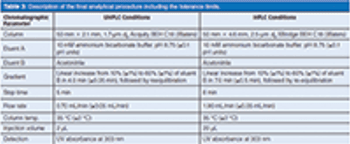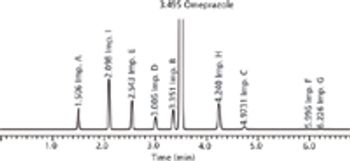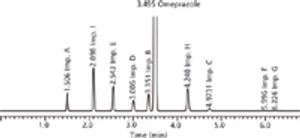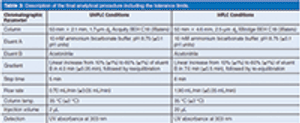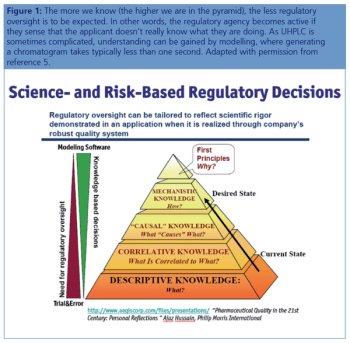
Many workers in pharmaceutical laboratories are unable to change any aspect of their methods, although they often encounter severe problems and create many out-of-specification (OoS) results. They are particularly afraid to investigate these problems from a chromatographic perspective in case they generate new unforeseen problems. In the literature, however, there are numerous examples showing that it is worthwhile trying to understand the reasons for “unexplainable” behaviour in ultrahigh-pressure liquid chromatography (UHPLC) using modelling. By using modelling, problems can be recognized and often eliminated with legal operations according to the allowed tolerance limits mentioned in pharmacopoeia descriptions. The following article aims to show that “visual chromatographic modelling” can be a useful aid.

